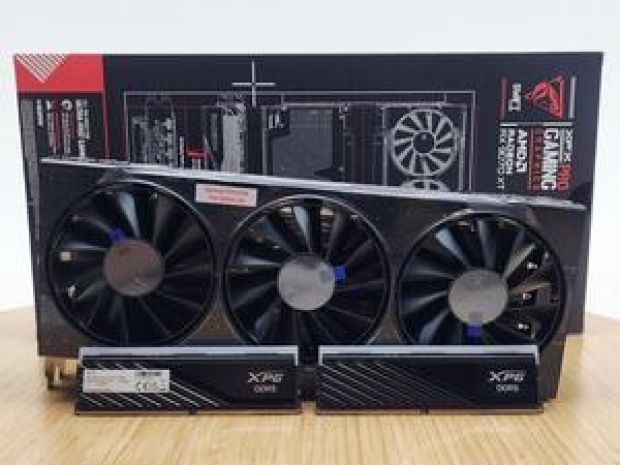According to leaker Moore’s Law is Dead, prices for the card have dipped to around $700 from nearly $900, creeping closer to its $600 MSRP but still refusing to behave entirely. Retailers on both sides of the pond are shifting them cheaper than they have all year, but not for much longer.
The reason is the usual summer tech slump, when punters are more interested in beaches than benchmarks. However, MLID’s sources say this might be the floor, with pricing expected to stabilise before it starts climbing again in Q4.
There’s more to this than just festive inflation. October 2025 marks the death of Windows 10, and companies are expected to panic-buy gear to meet the Windows 11 upgrade demands. That means GPUs, CPUs and everything else silicon will be under pressure.
MLID reckons that once the last pre-tariff stockpiles are gone sometime in Q3, we’re looking at a perfect storm. Component prices across the board could jump by 10 to 30 per cent, according to what he heard from distributors.
And even if Trump’s tax tantrums suddenly vanish by Christmas, shipping delays mean there’s no hope of dodging inflated prices this side of 2026.
To rub a bit of salt in, AMD’s latest driver magic has squeezed nearly 10 per cent extra speed from the 9070 XT, making it look even better at this price, especially compared to Nvidia’s RTX 5070 Ti, which costs more and offers less.
Some retailers are seeing the 5070 Ti catch up in sales, but AMD’s offering still holds the crown in value, if not market share. And for those waiting on Black Friday to pull the trigger, don’t bother. Graphics cards rarely get proper discounts and stock is likely to be tight. Prime Day might be your only realistic shot at a deal.
MLID's bottom line, based on the talks he has had with sources in retail and distribution, is that we're likely looking at price hikes of 10 per cent to 30 per cent across various tech goods, including GPUs. That's a rather generalised, but nonetheless, a worrying one and the logic behind the YouTuber's thinking makes some sense.

